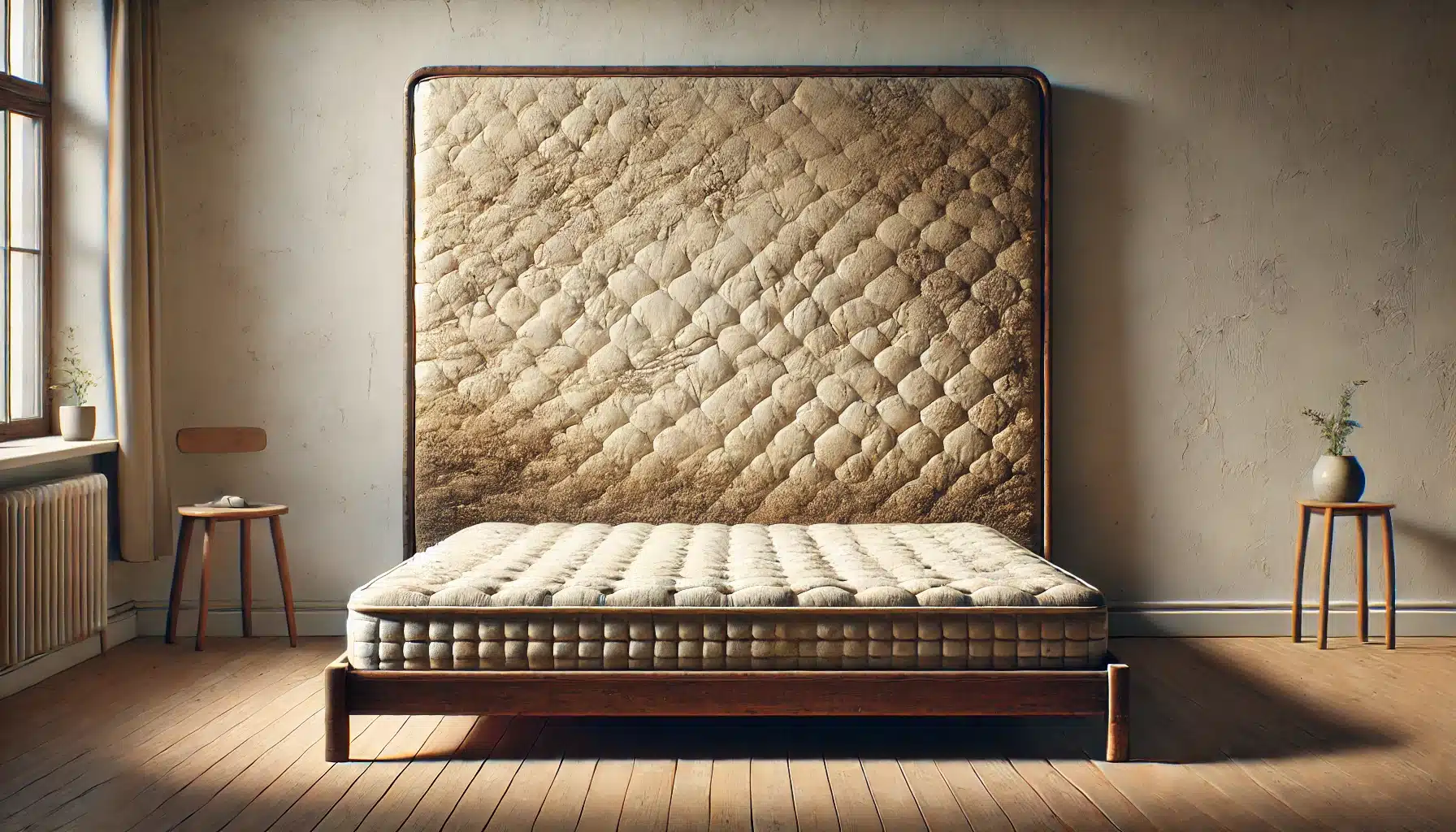A good night’s sleep is essential for overall well-being, and your mattress plays a crucial role in ensuring that you get the rest you need. Over time, mattresses can wear out and lose their effectiveness, impacting your sleep quality and overall health. In this comprehensive guide, we will explore the signs that indicate it’s time to change your mattress.
Table of Contents
The Lifespan of a Mattress
Understanding the typical lifespan of a mattress is the first step in knowing when to replace it. In general, mattresses have a lifespan of 7 to 10 years. However, this can vary depending on factors such as mattress type, quality, and usage. Memory foam and latex mattresses tend to last longer than traditional innerspring mattresses.
Visible Signs of Wear and Tear
One of the most obvious indicators that your mattress needs replacing is visible wear and tear. Inspect your mattress regularly for signs such as sagging, lumps, or visible indentations. If you notice any of these issues, it’s a clear sign that your mattress is no longer providing the support your body needs for a restful night’s sleep.
Discomfort and Pain
Are you waking up with aches and pains that weren’t there before? Discomfort and pain after a night’s sleep could be a strong indication that your mattress is no longer supportive. Over time, the materials in a mattress break down, leading to a lack of support and alignment for your spine. If you find yourself tossing and turning or waking up with stiffness, it might be time to consider a new mattress.
Changes in Your Sleep Patterns
Pay attention to any changes in your sleep patterns. If you find it difficult to fall asleep or stay asleep, your mattress may be the culprit. As mattresses age, they may lose their ability to reduce motion transfer, leading to disturbances from a restless partner or even your own movements during the night.
Allergies and Asthma
Old mattresses can become a breeding ground for allergens such as dust mites, mold, and bacteria. If you notice an increase in allergy symptoms or asthma attacks, it may be time to change your mattress. Consider investing in a mattress with hypoallergenic materials to improve your sleep environment.
Mattress Technology Advancements
Advancements in mattress technology happen regularly. If your mattress is more than a decade old, you may be missing out on innovations that could significantly enhance your sleep experience. New materials and design features, such as cooling gel-infused foams and adjustable firmness settings, can contribute to a more comfortable and supportive sleep surface.
Your Body and Lifestyle Changes
Life is constantly evolving, and so are our bodies and lifestyles. If you’ve experienced significant changes, such as weight gain or loss, pregnancy, or medical conditions, your mattress needs may have changed as well. Consider these factors when evaluating whether your current mattress is still meeting your sleep needs.
When to Upgrade to a New Mattress
Now that you are aware of the signs indicating it’s time to change your mattress, let’s discuss when it’s the right time to upgrade to a new one. Timing your mattress purchase strategically can help you make the most of sales and promotions, ensuring you get the best value for your investment.
How to Choose the Right Mattress
Selecting the right mattress for your needs is a critical step in improving your sleep quality. In this chapter, we’ll explore the different types of mattresses available, including memory foam, latex, innerspring, and hybrid mattresses. We’ll discuss the pros and cons of each type to help you make an informed decision based on your preferences and requirements.
Memory Foam Mattresses
-
Product on sale
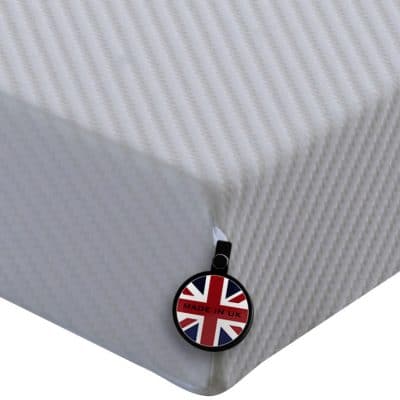 Kids Avenue Sleeptight Junior Foam Mattress 90x190cmOriginal price was: £179.00.£149.00Current price is: £149.00.
Kids Avenue Sleeptight Junior Foam Mattress 90x190cmOriginal price was: £179.00.£149.00Current price is: £149.00. -
Product on sale
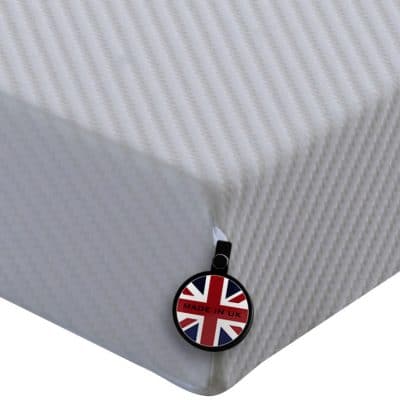 Kids Avenue Sleeptight Junior Foam Mattress 90x200cmOriginal price was: £179.00.£149.00Current price is: £149.00.
Kids Avenue Sleeptight Junior Foam Mattress 90x200cmOriginal price was: £179.00.£149.00Current price is: £149.00. -
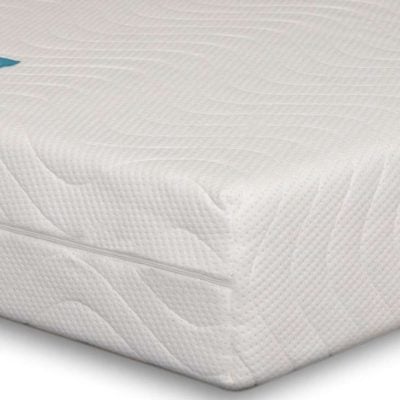 Slumber Sleep Premium PR2000 Memory Foam Mattress£299.99 – £409.99
Slumber Sleep Premium PR2000 Memory Foam Mattress£299.99 – £409.99
Pros:
- Pressure Relief: Memory foam mattresses are renowned for their ability to conform to your body’s shape, providing excellent pressure relief. This feature is especially beneficial for individuals with joint or back pain.
- Motion Isolation: Memory foam absorbs motion, making it an ideal choice for couples. If your partner moves during the night, you’re less likely to be disturbed.
- Durability: High-quality memory foam mattresses can have a longer lifespan compared to some other types.
Cons:
- Heat Retention: Traditional memory foam can trap heat, leading to discomfort for some sleepers. However, advancements in technology have introduced cooling gel-infused memory foams to address this issue.
Best for:
- Individuals with joint or back pain.
- Couples who want minimal motion transfer.
Innerspring / Coilspring Mattresses
-
 Kids Avenue Superior Coil Sprung Mattress£179.00
Kids Avenue Superior Coil Sprung Mattress£179.00 -
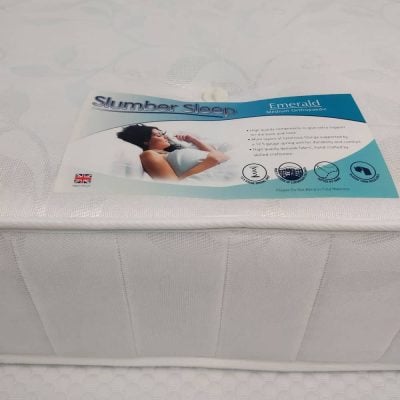 Slumber Sleep Emerald Medium Orthopaedic Mattress£179.99 – £249.99
Slumber Sleep Emerald Medium Orthopaedic Mattress£179.99 – £249.99 -
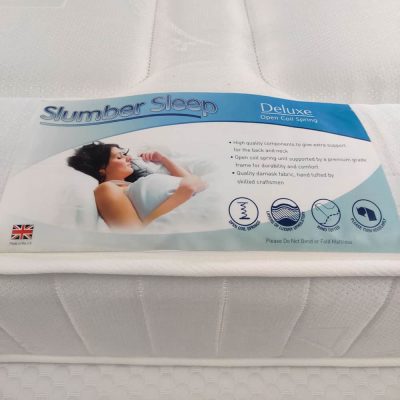 Slumber Sleep Deluxe Open Coil Spring Mattress£169.99 – £239.99
Slumber Sleep Deluxe Open Coil Spring Mattress£169.99 – £239.99
Pros:
- Support: Innerspring mattresses are known for their excellent support, making them a popular choice for those who prefer a firmer sleep surface.
- Breathability: The open structure of innerspring mattresses allows for better airflow, helping to regulate temperature during the night.
Cons:
- Motion Transfer: Innerspring mattresses may not perform as well in isolating motion, which can be a consideration for light sleepers or couples.
- Durability: While they can offer good support initially, innerspring mattresses may have a shorter lifespan compared to memory foam or latex options.
Best for:
- Individuals who prefer a firmer sleep surface.
- Hot sleepers who benefit from enhanced breathability.
Hybrid Mattresses
-
Product on sale
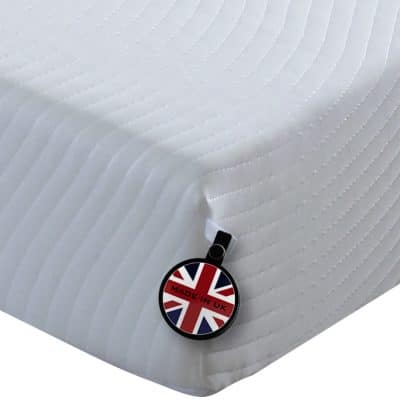 Kids Avenue Sleeptight Pocket Mattress 120x200cmOriginal price was: £349.00.£279.00Current price is: £279.00.
Kids Avenue Sleeptight Pocket Mattress 120x200cmOriginal price was: £349.00.£279.00Current price is: £279.00. -
Product on sale
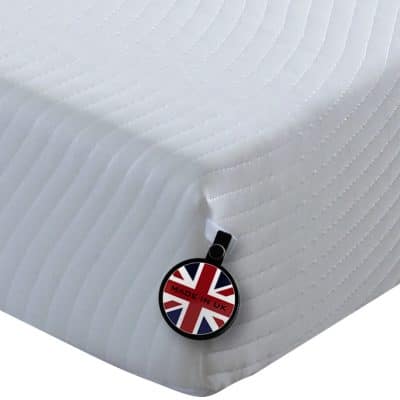 Kids Avenue Sleeptight Pocket Mattress 90x190cmOriginal price was: £259.00.£209.00Current price is: £209.00.
Kids Avenue Sleeptight Pocket Mattress 90x190cmOriginal price was: £259.00.£209.00Current price is: £209.00. -
Product on sale
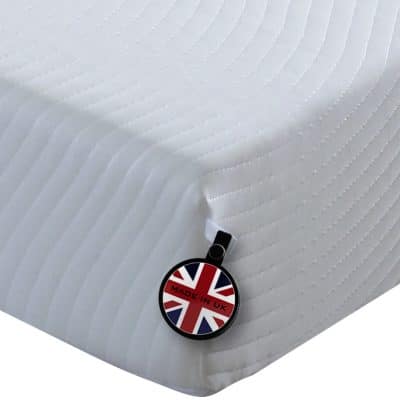 Kids Avenue Sleeptight Pocket Mattress 90x200cmOriginal price was: £259.00.£209.00Current price is: £209.00.
Kids Avenue Sleeptight Pocket Mattress 90x200cmOriginal price was: £259.00.£209.00Current price is: £209.00.
Pros:
- Combination of Materials: Hybrid mattresses combine the benefits of different materials, typically memory foam or latex with innerspring coils. This provides a balance of support and comfort.
- Versatility: Hybrids cater to a wide range of sleep preferences, making them a versatile choice for various individuals.
Cons:
- Price: Hybrid mattresses can be on the higher end of the price spectrum due to the combination of materials.
Best for:
- Sleepers who want a combination of support and comfort.
- Couples with different sleep preferences.
Considerations When Choosing a Mattress
- Firmness Level: The ideal firmness level depends on personal preference and sleeping position. Side sleepers often prefer a softer mattress, while back and stomach sleepers may opt for a firmer surface.
- Sleeping Position: Different mattresses cater to different sleeping positions. For example, memory foam mattresses are often recommended for side sleepers due to their pressure-relieving properties.
- Temperature Regulation: Consider your body’s temperature regulation needs. Memory foam tends to retain heat, while innerspring and latex mattresses offer better breathability.
- Budget: Set a budget range before shopping for a mattress. While it’s an investment in your well-being, there are quality options available at various price points.
Conclusion
Investing in a quality mattress is an investment in your health and well-being. By being aware of the signs that indicate it’s time to change your mattress and understanding the factors that influence your decision, you can make an informed choice that will positively impact your sleep quality. With the right mattress, you’ll wake up feeling refreshed and ready to face the day. Sweet dreams await!

